How to Use Our Scorecard For Brands & Campaign Names (free download)
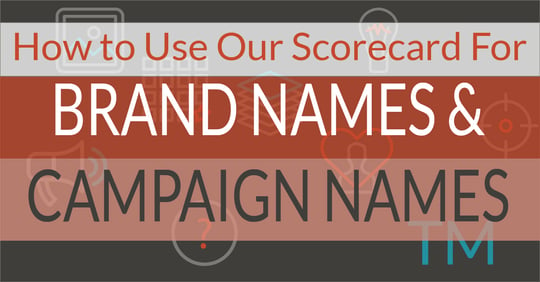
Choosing a name isn’t always easy. Just ask any parent—while some have known what they would name their kids since they were kids themselves, others like a friend of mine almost end up bringing home “Baby Boy Lastname” from the hospital because they just can’t decide.
Choosing a name for your business, brand, or marketing campaign is no different. The options are seemingly endless, and the stakes are high. The right name is a reflection of the brand’s message, memorable, and malleable – ready to be flexible as your company or brand grow and change.
If you have a list of possibilities, but can’t quite decide what works best, try using this 9-point checklist (and the free brand name scorecard) to settle on a brand name that sets your company up for success. Download the scorecard and use it to tally which options best fit the criteria given.
1. Appearance
While appearance also involves the rest of your visual branding and mood board, the name will likely be part of the logo and other visual elements. It will be seen in many places and iterations.
Can it be recognized as the logo, on a billboard, and even when it is out of context?
Consider how the words in a multi-word name work together, and if they can be configured in ways that might confuse (or be offensive) when used as a web address or in other means of communication.
Case in point (and cliché, I know):
What URL will you choose for The Kids Exchange?? Go ahead, try writing out the whole name with no spaces. Now look again.
Consider also whether you will use the entire brand name every time, and how it might appear if shortened.
2. Distinction
Choosing a name that stands apart from others in its market is essential. If a name is not distinct from a sea of similar names, it will not be memorable. If there are too many similar names, it will get lost in a jumble of generic descriptors. While describing your business makes sense so that customers can easily recognize what you do, if there are too many others in your market that do the same thing and use the same philosophy, no one stands out.
In addition to making your brand more memorable, a distinctive name can also improve search rankings by limiting how many common words are competing for the same searches.
3. Depth
Choosing a name that can support layers of meaning will make your later marketing efforts simpler. It will allow you to break down those layers for campaigns and messaging that get at the heart of your brand.
For example, CVS Pharmacy is actually based on the acronym for “convenience, value and service.” Each one of those brand messages is woven into the name, providing a platform for future development.
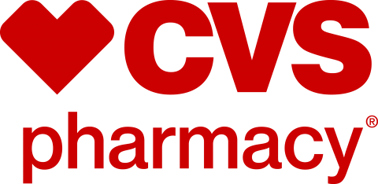
4. Energy
While much of the energy in a brand will come from the total package of the brand development, even a name can have life that sets the stage. (Find the rest of the 8 elements of brand development here.)
Think about outdoor recreation apparel and gear maker Ultimate Direction. That name has energy generated by the possibilities embodied in the words.

5. Humanity
While consumers technically do business with businesses, subconsciously, we perceive them as individuals. We don’t want to do business with cold, lifeless, clinical, unemotional entities. Names that are infused with a touch of humanity—whether overt, such as using an actual person’s name, or a more oblique reference—draw us in.
When two electric cooperatives in Minnesota and Iowa combined and needed a new name for the new entity, they keyed in on the initial letters of the two states served: “M” for Minnesota and “I” for Iowa, and created MiEnergy Cooperative – with “Mi” pronounced “my.” Not only does it recognize the states involved, but highlights the nature of a cooperative, which is owned by its member customers.
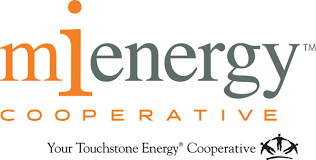
6. Positioning
A brand, company or campaign name needs to be relevant to the positioning your overall marketing message will establish. If the positioning is as a luxury item, the name should fit that market, not sound like a discount. The opposite is true, also.
Take into account the key positioning messages your marketing will want to share, and then blend them into a name the reflects the same positioning.
7. Sound
This may seem obvious, but sometimes names are created without considering how they will sound or how they are pronounced. Why does it matter? Because your brand’s name will hopefully be said in conversation, in product or service review videos, in news stories and elsewhere.
When using a word from a foreign language or a fabricated name, take time to consider if your audience will know how to pronounce it. Will it be intuitive to place the emphasis on the right syllable as a longer name is said?
Here’s an example:
Saucony.
Do you know how to pronounce this shoe brand? Because a mispronunciation even slipped into an audiobook I listened to years ago, and it took me a long time to figure out what the narrator was talking about. (For the record, it’s “SOCK-uh-knee,” and it comes from a Lenni Lenape Native American word meaning “where two rivers come together” and was inspired by the shoe manufacturer’s original location on the Saucony Creek.)
8. “33”
So what is “33”? The force of brand magic, and the word-of-mouth buzz that a name is likely to generate.
Again, this aspect of the name is tied into the rest of the overall brand positioning and messaging. Does the name you are considering have something about it that can build mystery or buzz?
The term comes from the mysterious “33” printed on the back of Rolling Rock beer bottles for decades that inspired talked because no one is really sure what it means. If your brand has “33” it has something that makes people lean forward and want to learn more.

9. Trademark
While the other criteria on this list are subjective, and should be scored on a scale of 1-10, then compiled to provide an overall score, this criteria should be answerable on a “yes or no” basis:
Can this name be trademarked?
If you are considering a name that is already being used as a trademark, it’s time to go back to the drawing board. If a trademark is uncertain, due to similarities to existing trademarks or to being too generic, keep thinking.
What great brand names have you run across lately that seemed to have it all? Comment and let us know!
If launching a new business, brand or campaign is in your future, here are some more resources to help you:
- 8 Elements Every Brand Concept Should Include
- Campaign/Brand Naming Scorecard
- 6 Steps To Creating Enviable Brands
- Case Study: Carrying Out Brand Identity
What other questions do you have about developing a brand concept, positioning, buyer personas and the content needed for a successful launch? We have the experience you need to guide or support your marketing efforts. If we may be able to help you, schedule a time in my calendar for a no-obligation consultation.
-1.png?width=1652&height=294&name=Jones(RGB)-1.png)

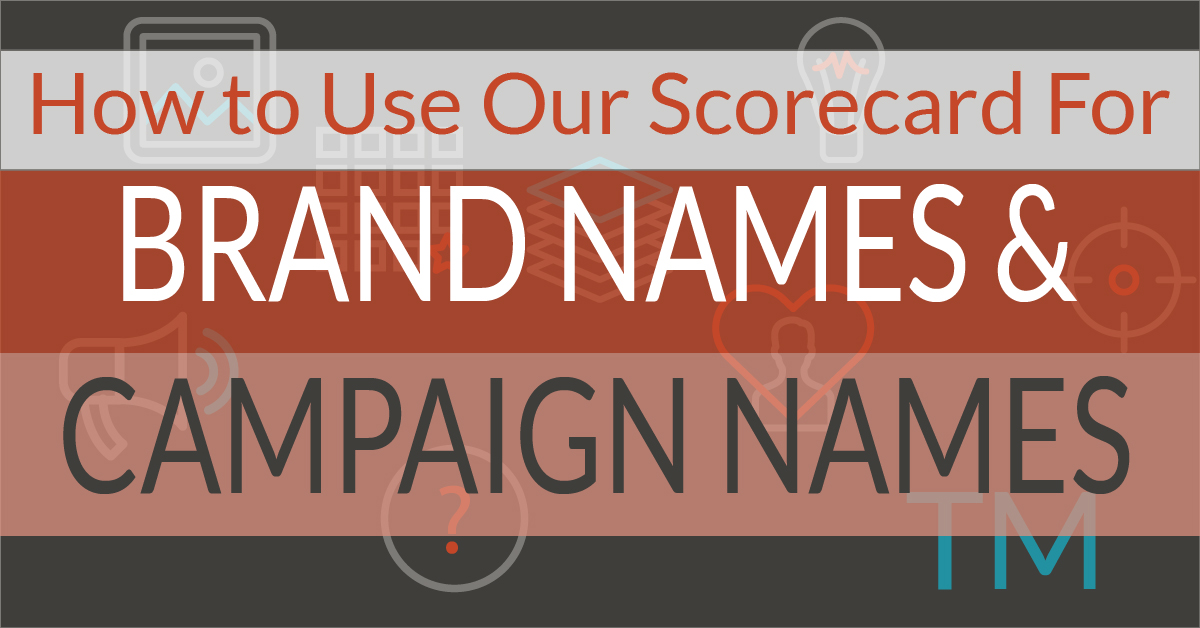






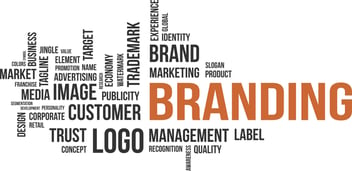

.jpg?width=352&name=The%20Secret%20To%20Viral%20Content_%20Give%20It%20A%20Job%20That%20Benefits%20The%20Consumer%20(video).jpg)

